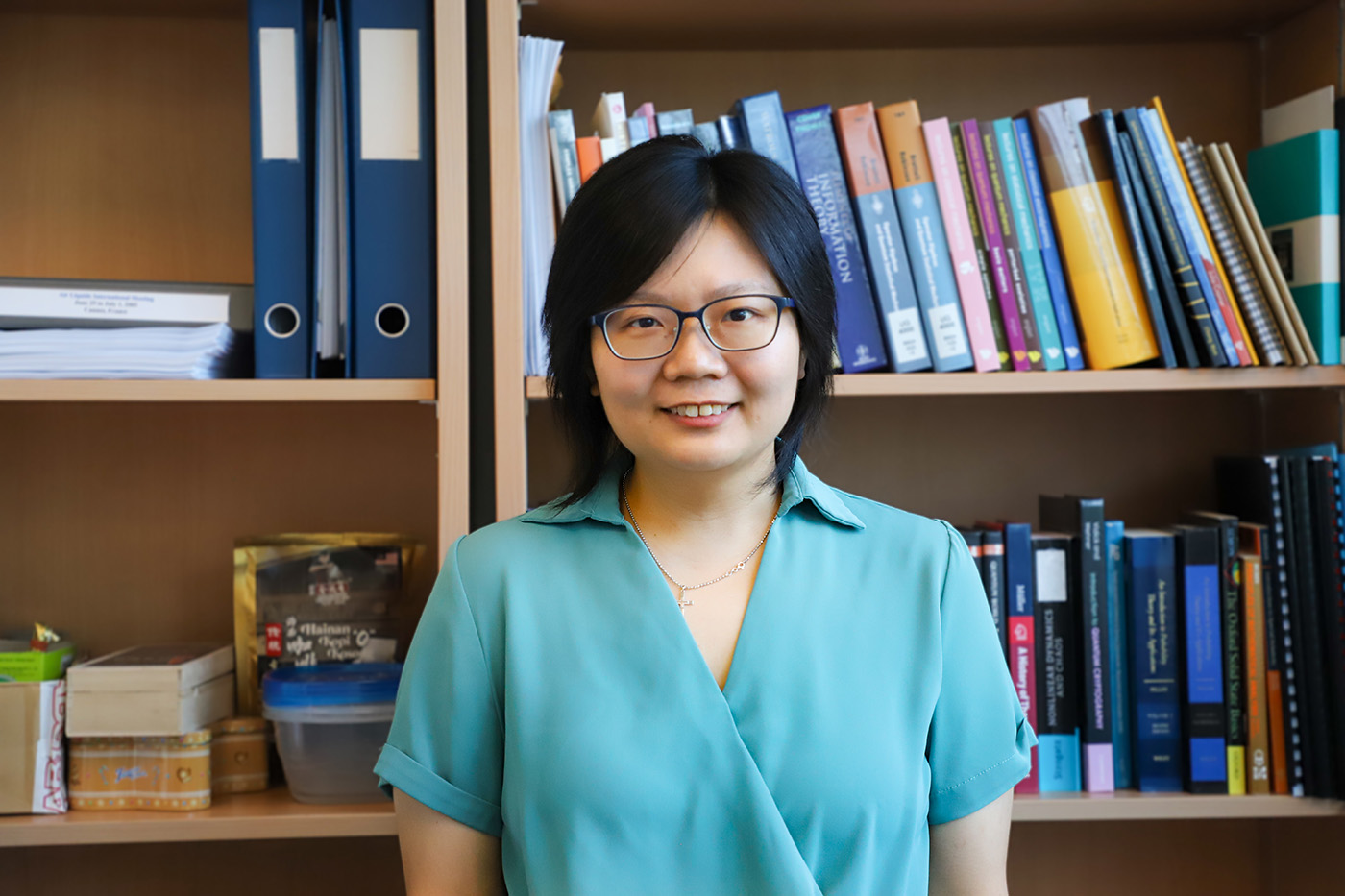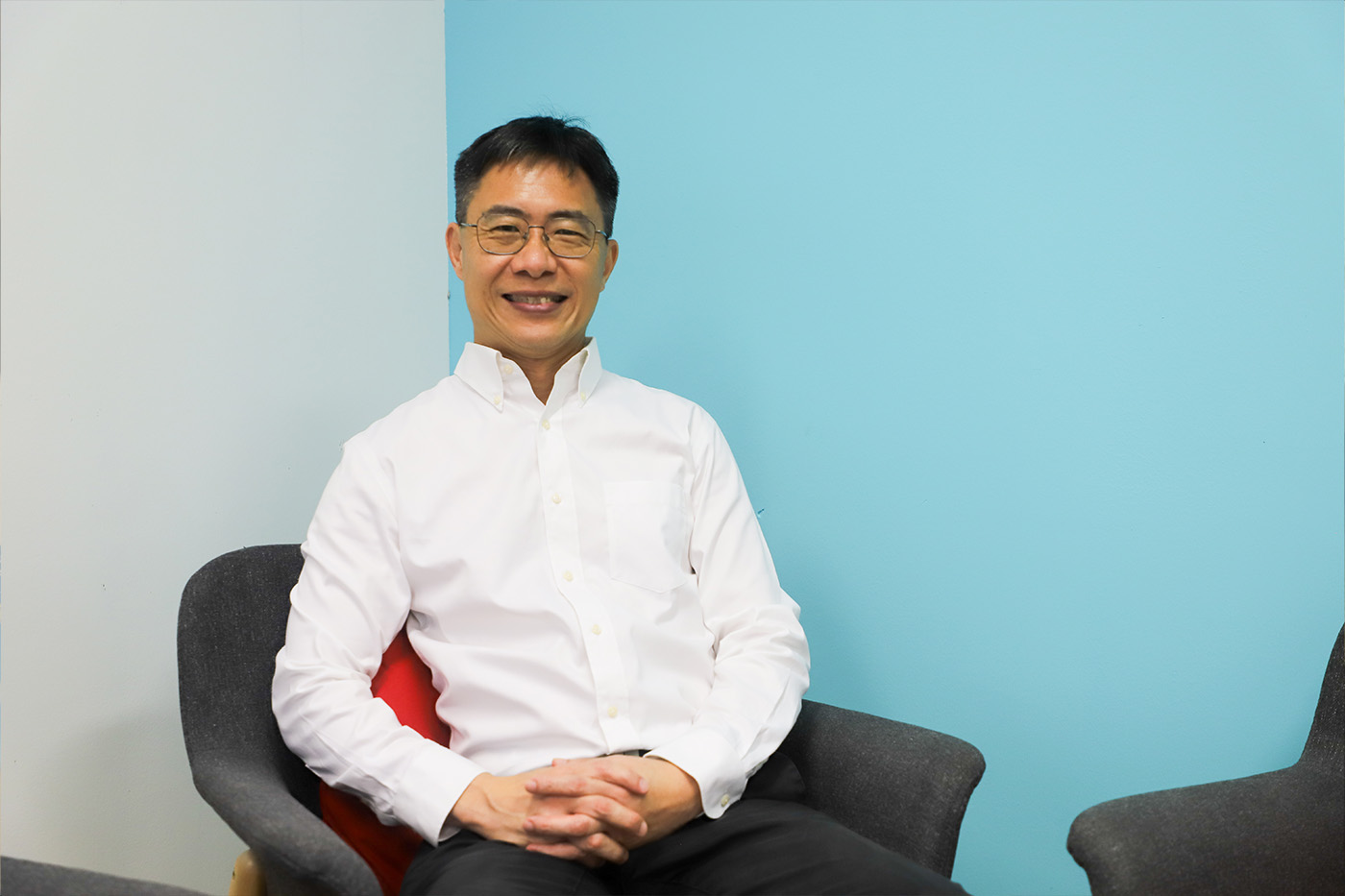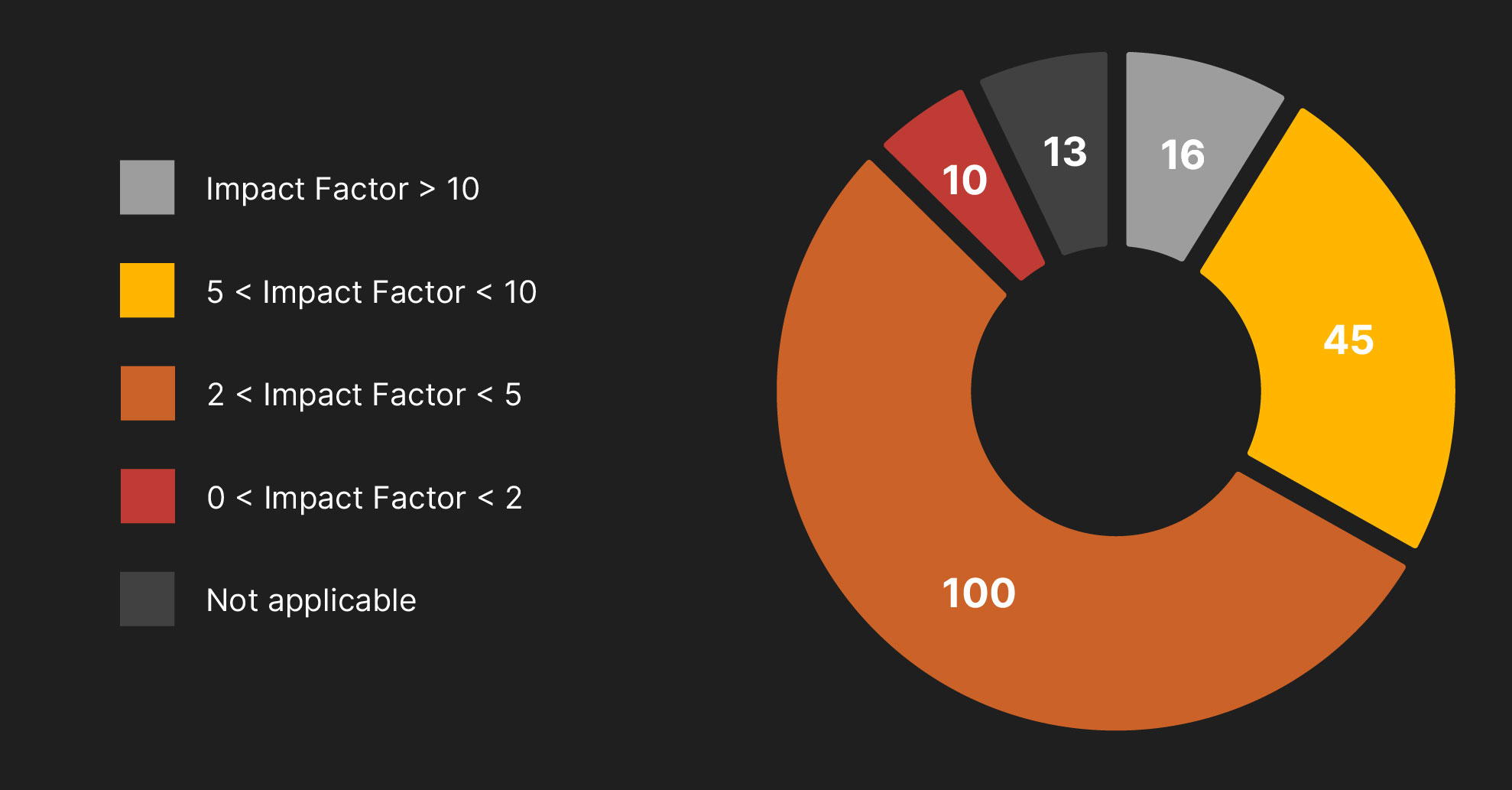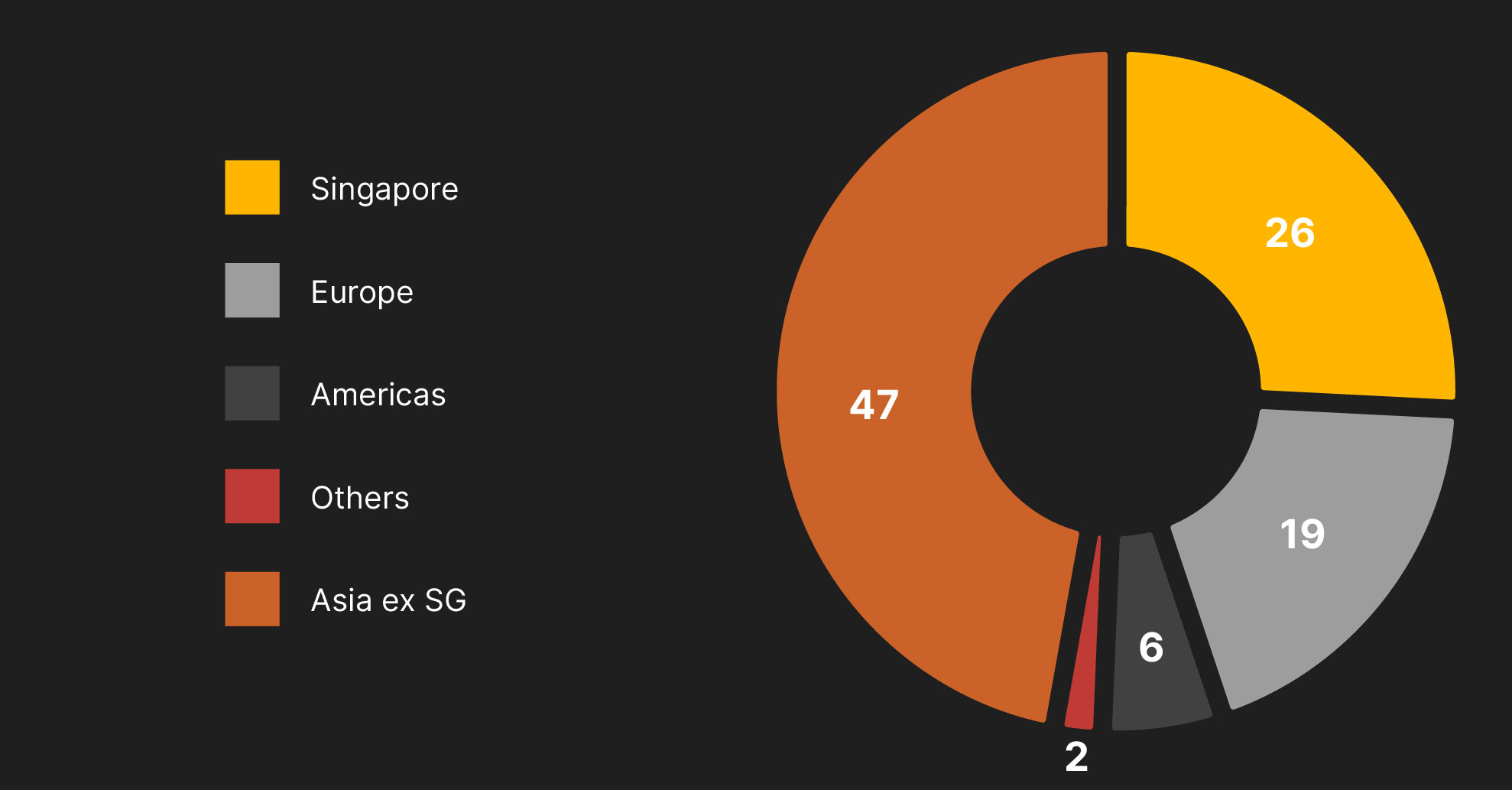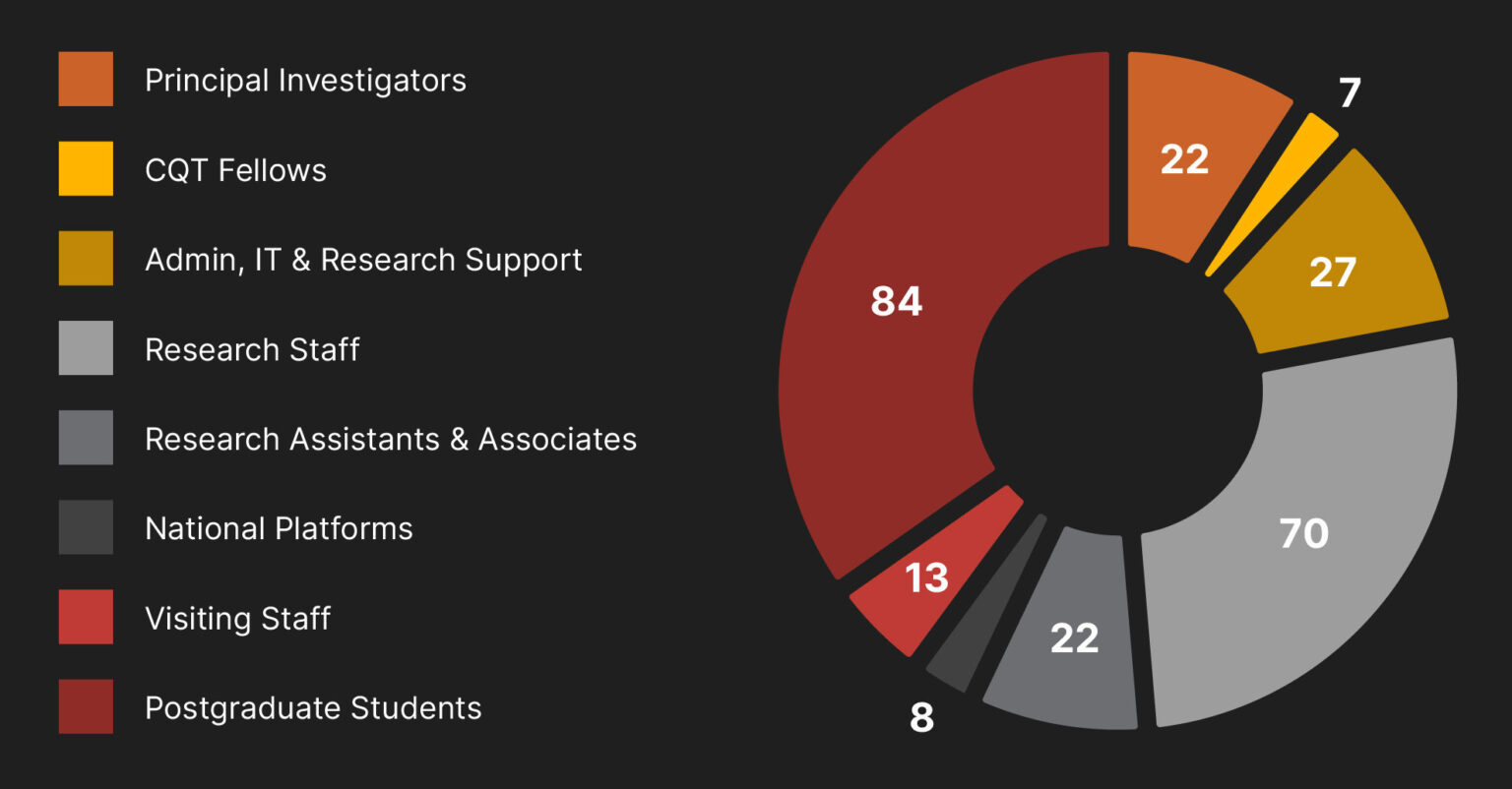Meet a CQTian: Timothy C H Liew
CQT Fellow Timothy works on the theory of exciton-polaritons, which are hybrid states of light and matter, and quantum neural networks
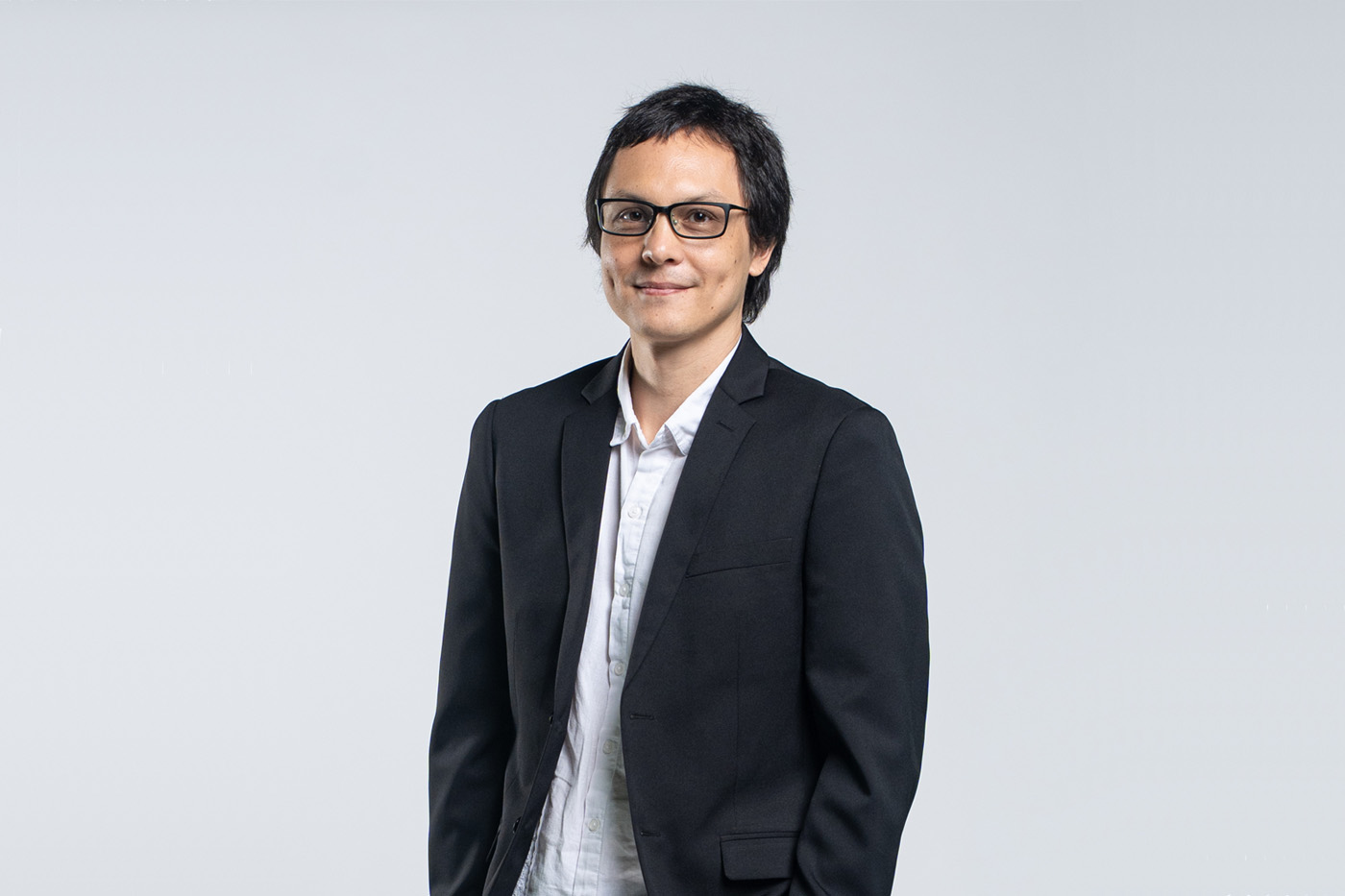
Once a postdoc at CQT, Timothy became a group leader and CQT Fellow in May 2025.
Who are you and how did you come to be at CQT?
I’m a physicist working on the theory of exciton-polaritons, which are hybrid states of light and matter. Throughout my career, I’ve been lucky to collaborate with many other groups, including a few from CQT. I joined the MajuLab in 2018, an international French-Singaporean research lab, and the Nanyang Quantum Hub at the Nanyang Technological University, Singapore, in 2020, which both have strong links with CQT. In the end, a few different people independently suggested that I join CQT formally as a Fellow.
Your association with CQT actually began many years before when you were a postdoc here. Could you share more about your history with the Centre?
The first paper I wrote, when I was a PhD student, was on a new mechanism of creating vortices with exciton-polaritons. It was a theoretical paper, and the starting point was the Schrödinger equation. I had assumed that the Schrödinger equation was a quantum concept, as it appeared in undergraduate textbooks on quantum mechanics. A referee rejected the paper quite harshly on the grounds that the Schrödinger equation was actually not quantum at all. I realised that I had to learn more about quantum mechanics and CQT seemed like the best place to go after my PhD.
What has changed since you became a CQT Fellow?
I’m still no expert in quantum information, but I’ve always been interested in developing the quantum physics of exciton-polaritons. As the field gradually seeks to go deeper into the quantum regime, I feel there are many experts in CQT with whom I can collaborate, and we can hopefully have new joint projects too.
Could you elaborate on the quantum approach to exciton-polaritons?
In the theory of quantum mechanics, we can speak of two levels, known as first and second quantisation. The first level is where classical concepts like position and momentum are replaced with a quantum treatment. This gives us the Schrödinger equation, which for atoms, molecules or electrons, brings out their quantumness by giving them a wave-like nature. When applied to an optical system though – including exciton-polaritons since they are part-light, part-matter, it’s not giving anything different to Maxwell’s equations, that is, classical optics.
I would argue now (agreeing with my very first referee report) that the real quantum physics comes when we apply second quantisation, where the number of particles now receives a quantum treatment. The standard is then to work with a master equation, describing polaritons with a density matrix instead of a wave. In this case, there is not just uncertainty on position and momentum, but also on the particle number. The distributions of different possibilities and correlations between different possibilities becomes relevant (this is what the density matrix captures). We can have entanglement.
What is your research about now?
Quantum neural networks and other unconventional computation mechanisms. For a long time, polaritonics focused on classical physics. I was always interested though in how polaritons could process information and in particular, how they can form photonic neural networks. Accounting for the quantum theory of polaritons, we can speak of quantum neural networks, which can take quantum states of light as input. Quantum neural networks can recognise and characterise patterns in quantum data. I’m also interested in how similar photonic lattices can realise Ising spin simulators.
How did you get interested in quantum?
I was studying biochemistry at university. After the first year, I realised that while all the courses had been interesting, it was the physical chemistry course, which included Schrödinger’s equation, that had been the most interesting. I realised that I had to change to a physics degree.
Which of your published papers are you most proud of and why?
I have one paper on using exciton-polariton lattices to realise cellular automata, which was completed with one of my first PhD students, Rimi Banerjee. Although exciton-polaritons were often cited as potential candidates for information processing, there are very few works with explicit schemes for using them. We both spent a lot of time designing and finding the right conditions for such a scheme. By achieving what is known as a class 4 cellular automaton, we confirmed theoretically that exciton-polaritons are capable of universal classical computing. I hope that in future we can generalise to a quantum case.
What do you enjoy outside of work?
Myrmecology (the study of ants). I find the ways ants form their societies, their behaviour, and their networks to be fascinating. Also, it turns out that Singapore has a very high diversity of ant species. I often walk around NTU campus at night looking for ants. I had hoped to do some undergraduate student projects relating to ants, but there was not so much interest. I suppose they need to be quantum to be more interesting, so they stay outside of work for now.
Related Stories
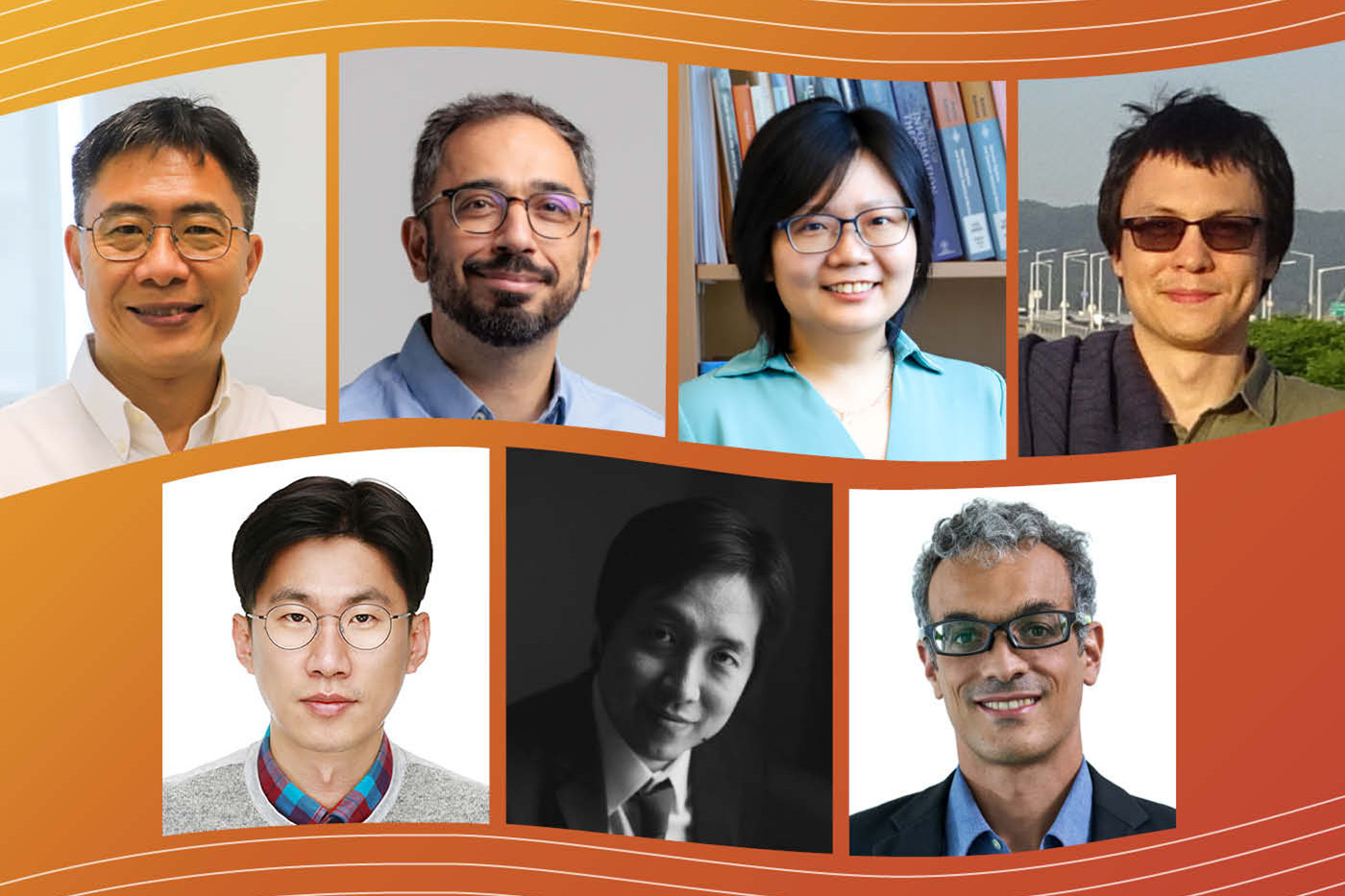
21 May 2025
CQT expands national footprint with new appointments
The Centre welcomes five new research groups and enhances support for two existing group leaders
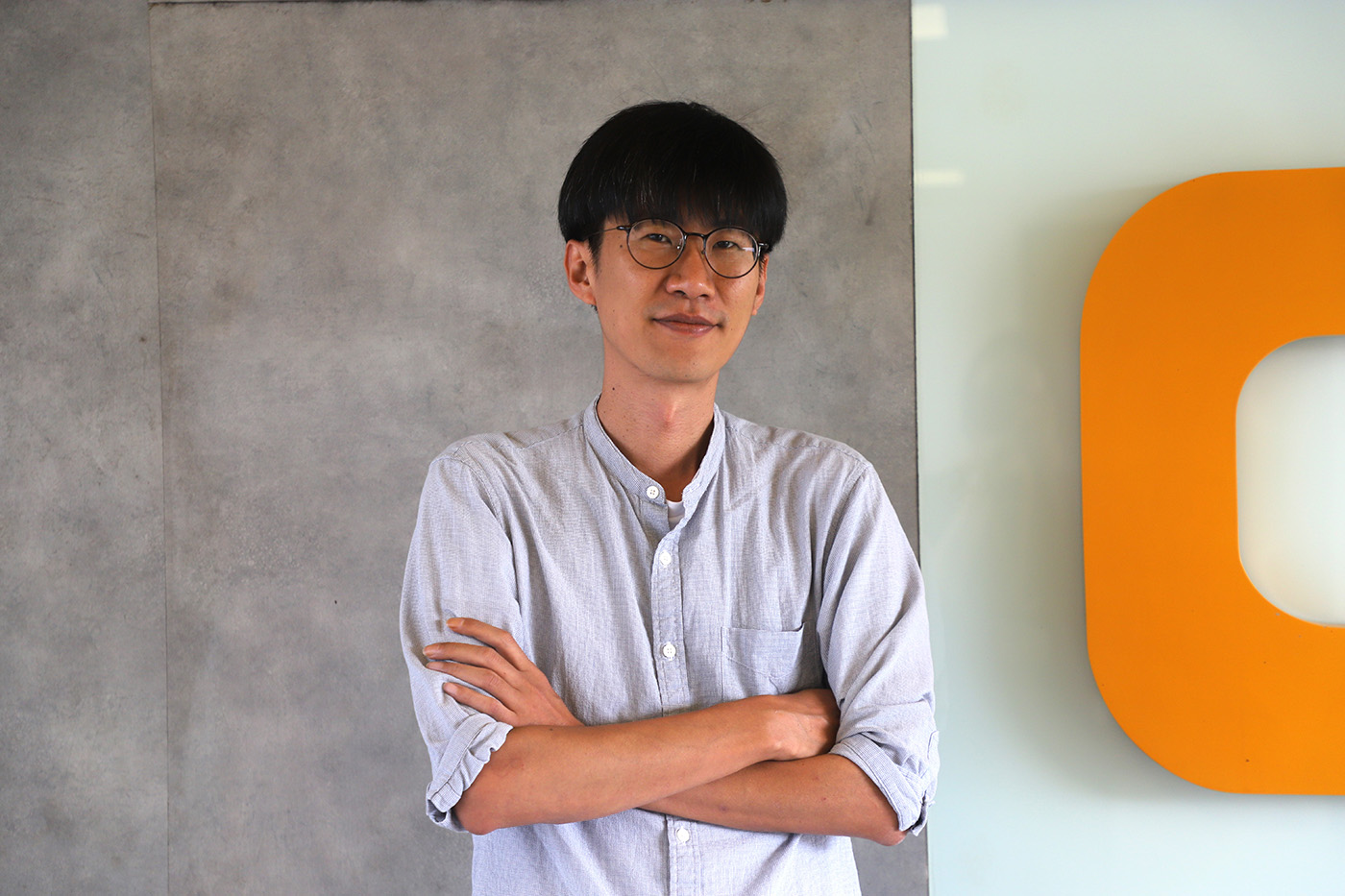
24 June 2025
Meet a CQTian: Young-Wook Cho
CQT Fellow Young-Wook’s love for quantum optics began when he was an intern at university
